
AeroGenie — Votre copilote intelligent.
Tendances
Categories
JetBlue Implements Predictive Flight Technology from Collins Aerospace
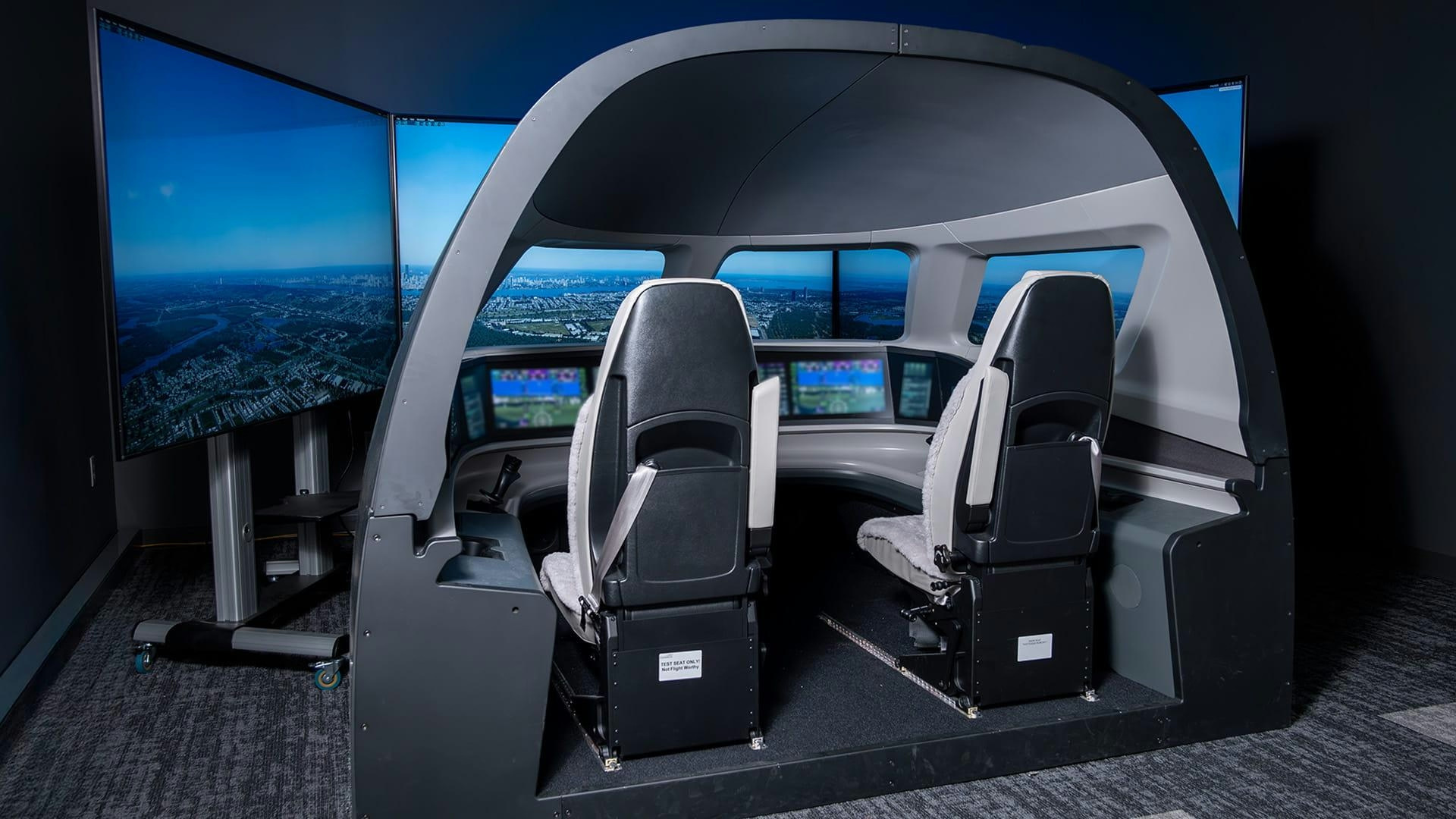
JetBlue Implements Predictive Flight Technology from Collins Aerospace
Enhancing Operational Efficiency through Predictive Analytics
JetBlue has initiated the deployment of FlightAware Foresight®, a cutting-edge predictive analytics platform developed by Collins Aerospace, to improve its operational efficiency and passenger experience. Launched in July, this technology utilizes real-time flight tracking combined with machine learning algorithms to forecast potential disruptions, including adverse weather conditions, air traffic congestion, and other delay factors. By processing billions of data points, FlightAware Foresight empowers JetBlue’s operations teams to make proactive adjustments to flight schedules, gate assignments, and crew planning. These measures aim to reduce delays and enhance communication with passengers, thereby streamlining overall airline operations.
This adoption aligns with a broader industry movement toward integrating artificial intelligence and predictive tools to anticipate and mitigate operational challenges before they escalate. JetBlue’s embrace of FlightAware Foresight underscores its commitment to innovation and its strategic focus on delivering more reliable and seamless travel experiences.
Integration Challenges and Industry Implications
Despite the clear benefits, the integration of such advanced technology presents significant challenges. JetBlue must ensure that FlightAware Foresight is effectively aligned with its existing operational systems, a process that may involve complex technical integration and could delay full deployment. Furthermore, comprehensive training programs for pilots and operations personnel are essential to guarantee the technology’s safe and effective use.
The airline’s initiative has attracted considerable attention from the market, sparking increased investor interest in predictive analytics and AI-driven solutions within the aviation sector. Competitors are expected to respond by accelerating their own investments in technology or pursuing strategic partnerships to maintain competitiveness. This trend is further highlighted by recent advancements in autonomous flight testing by industry leaders such as Airbus and Shield AI, reflecting the rapid evolution of aviation technology.
For Collins Aerospace, the collaboration with JetBlue exemplifies the growing importance of connected aviation solutions in helping airlines worldwide meet rising operational demands and heightened passenger expectations. As global air travel continues to expand, the capacity to anticipate and manage disruptions is becoming increasingly vital.
JetBlue’s partnership with Collins Aerospace illustrates how predictive analytics and real-time data integration are transforming airline operations. By proactively addressing potential challenges and maintaining transparent communication with passengers, JetBlue aims to uphold high standards of performance and reliability in an increasingly complex travel environment.
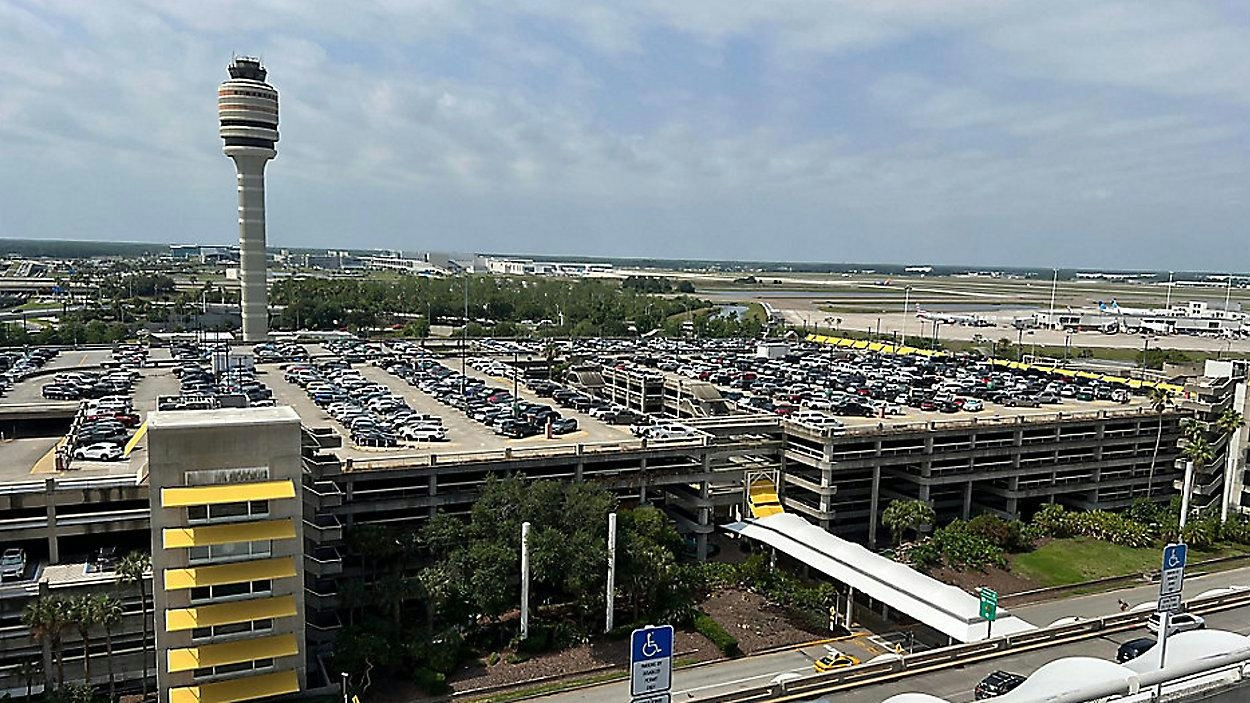
Orlando Airport Announces Major Changes Planned for 2028
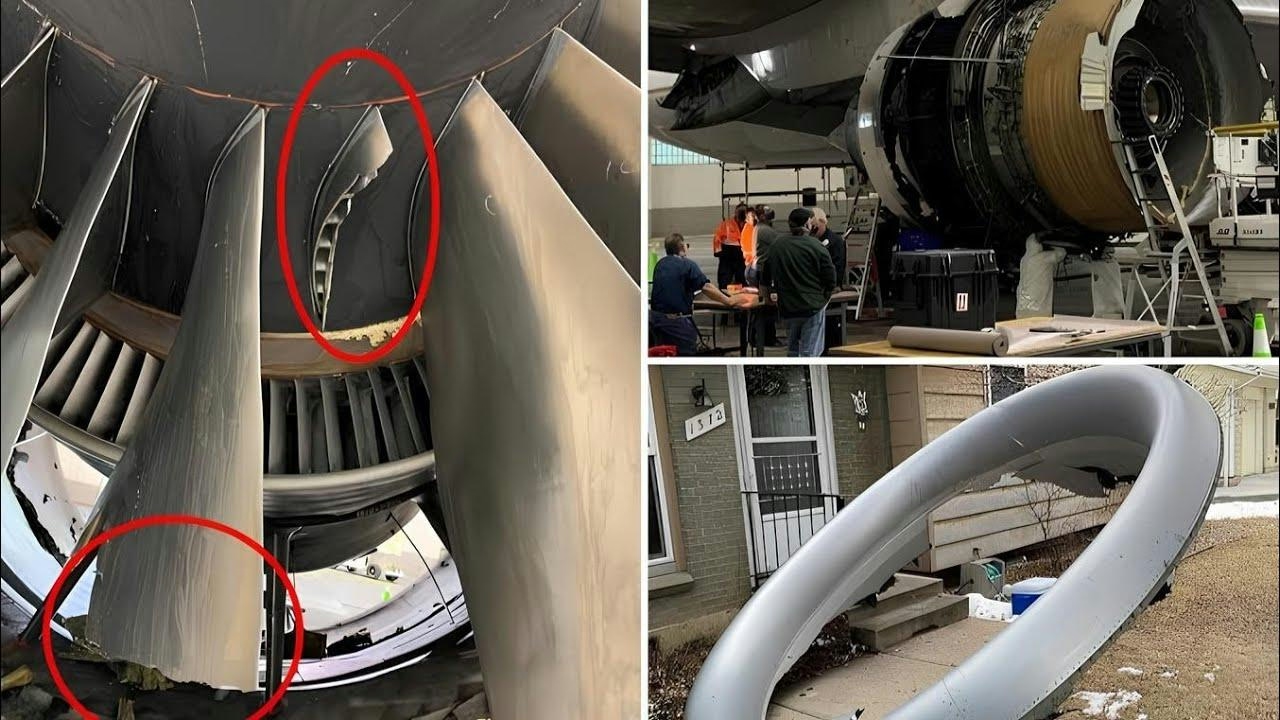
How Jet Engines Are Tested for Bird Strike Resistance
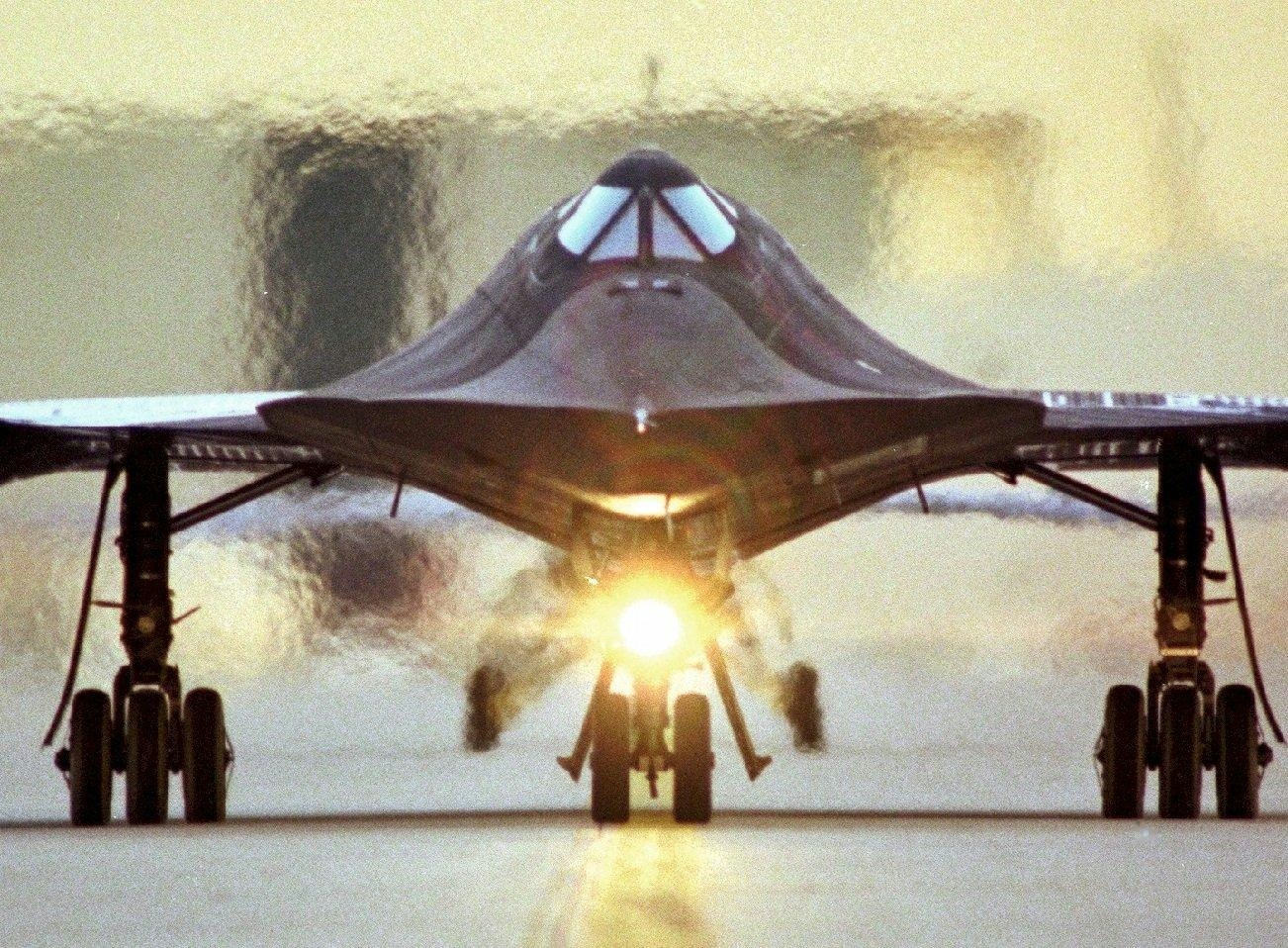
Can Fusion Engines Enable Hypersonic Fighters to Outpace Missiles?
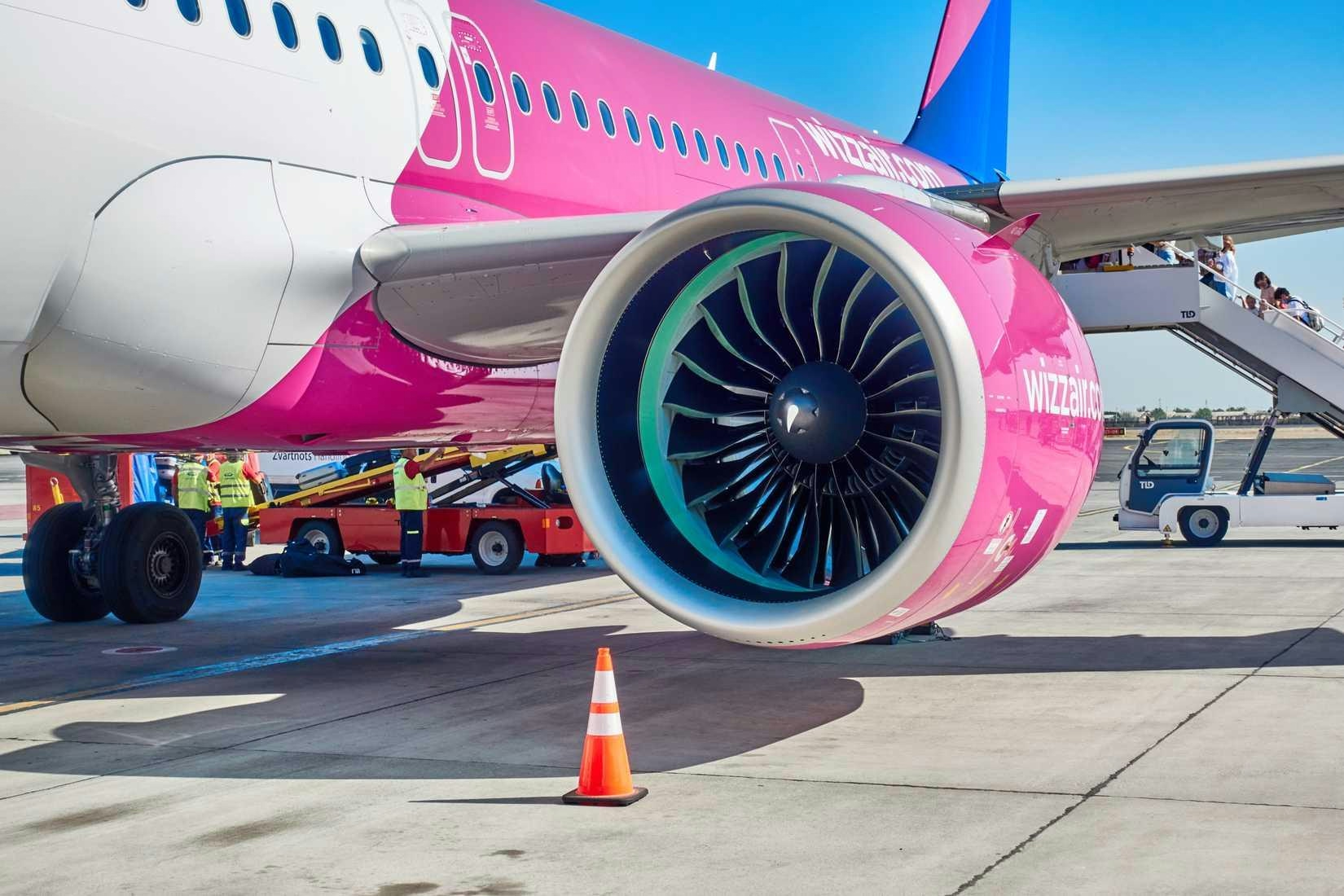
Airbus Surpasses Boeing 737 Deliveries Amid Turkish Airlines’ Potential Order Shift
Boeing to Sell Aviation Software Unit to Thoma Bravo for $10.55 Billion
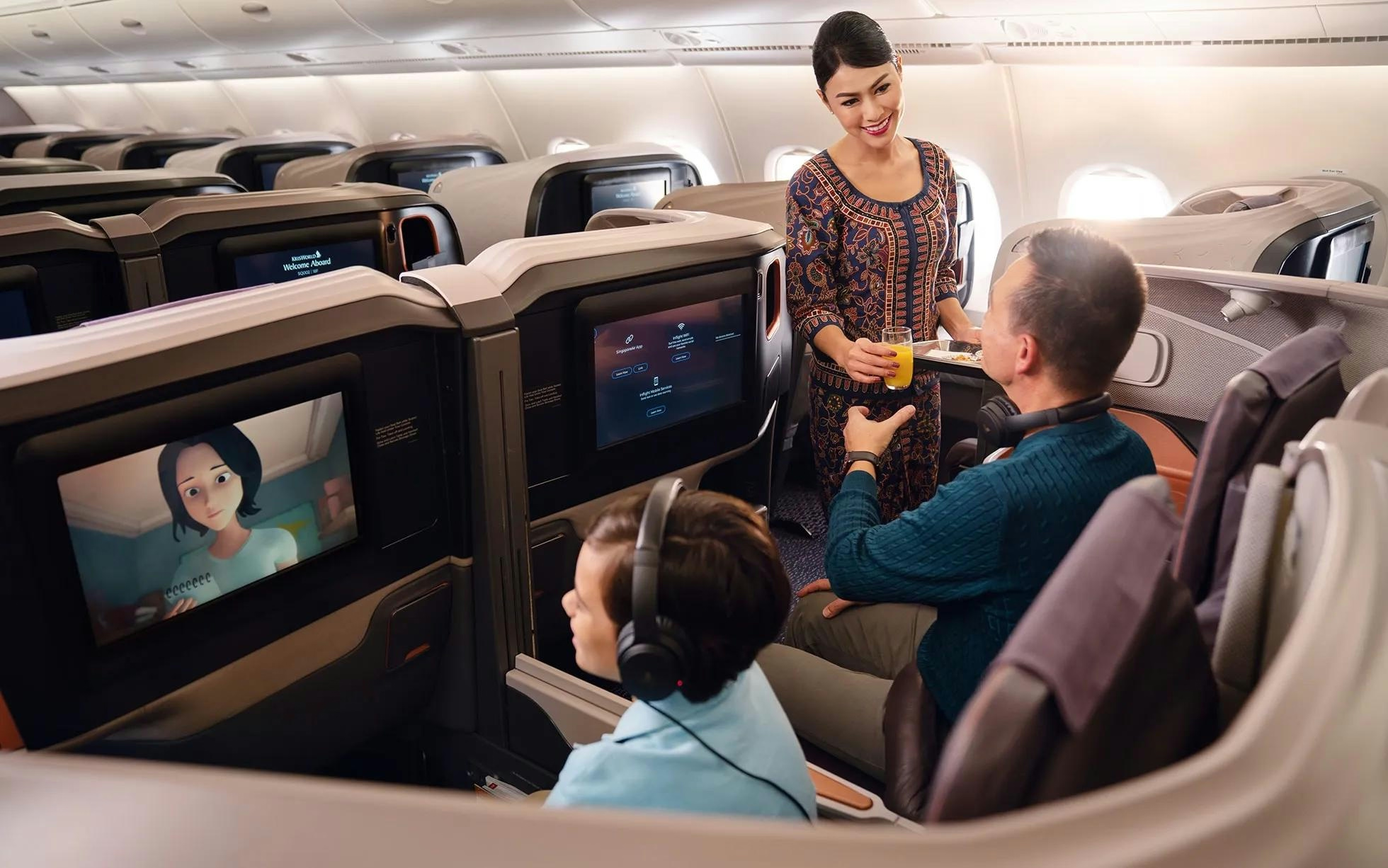
The 15 Best Airlines Worldwide According to Travelers in 2025
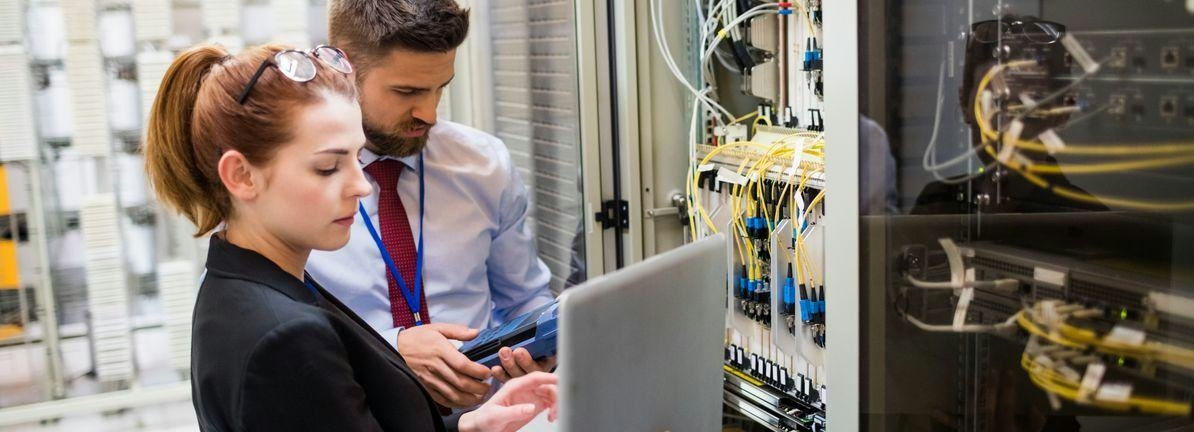
Can Kyndryl Use AI to Enhance Its Aviation Industry Strategy?
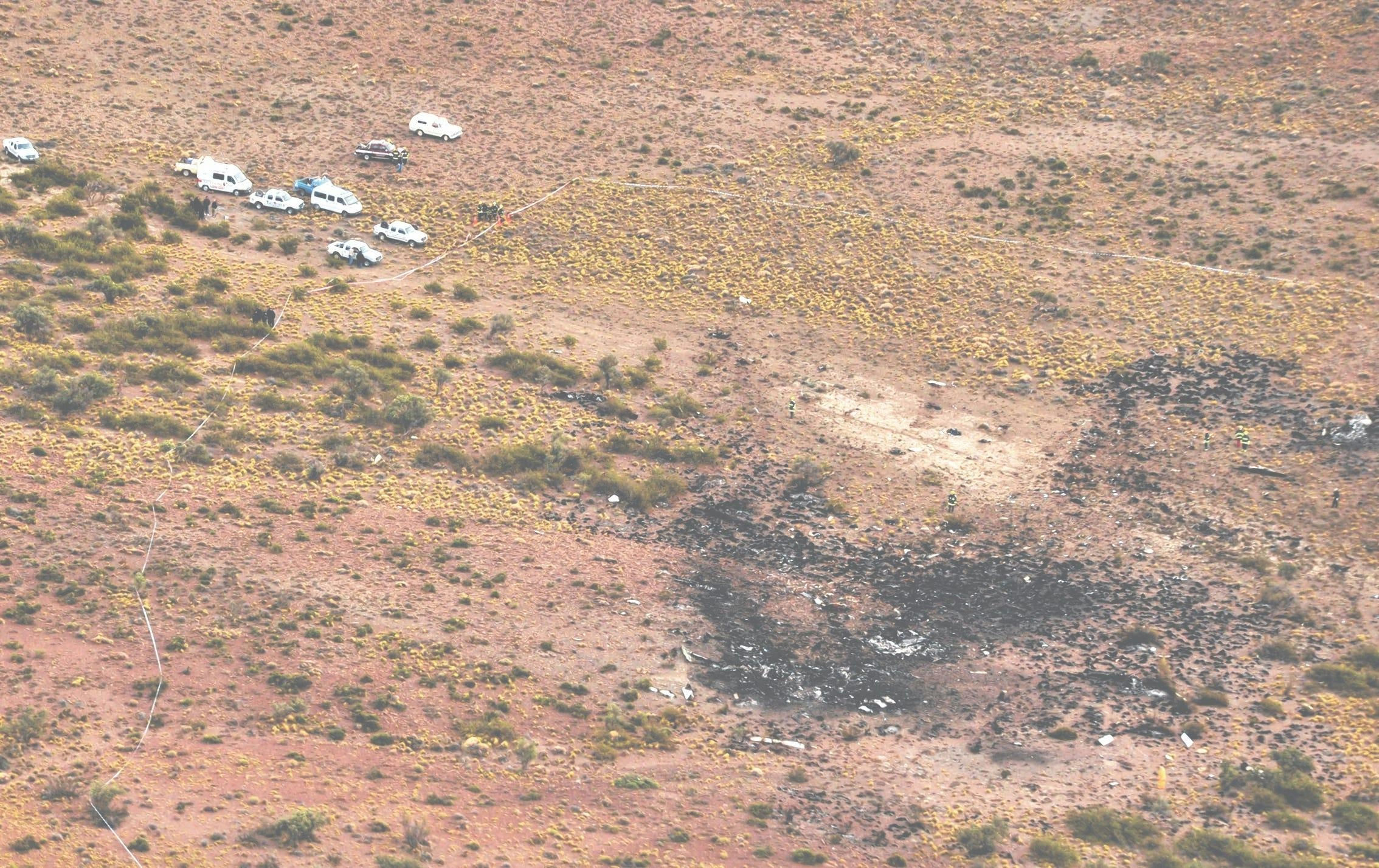
Rex passenger describes 'terrifying' mid-air engine failure days after fire
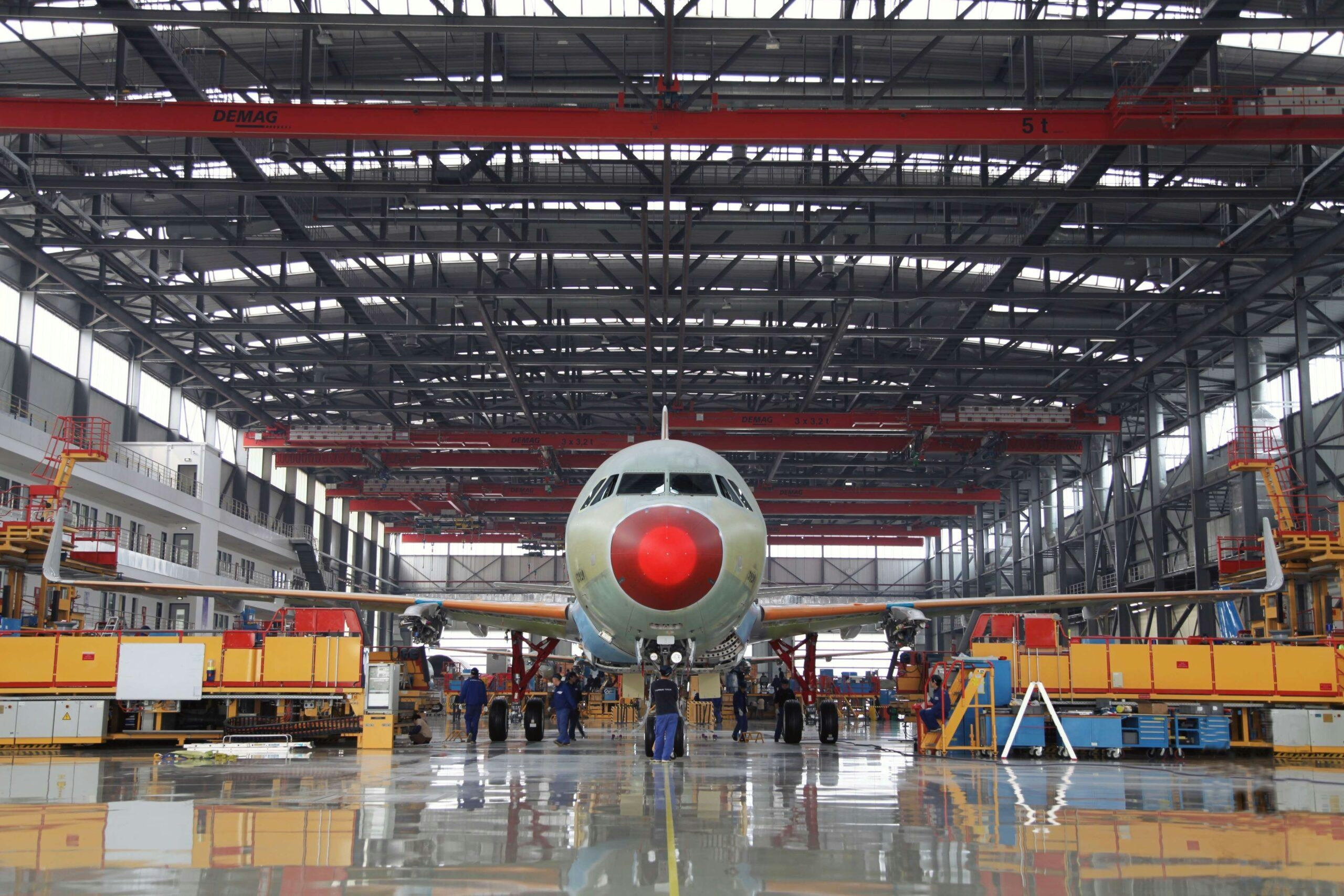
Airbus Forecasts 3.6% Annual Growth in Aircraft Services Through 2044
